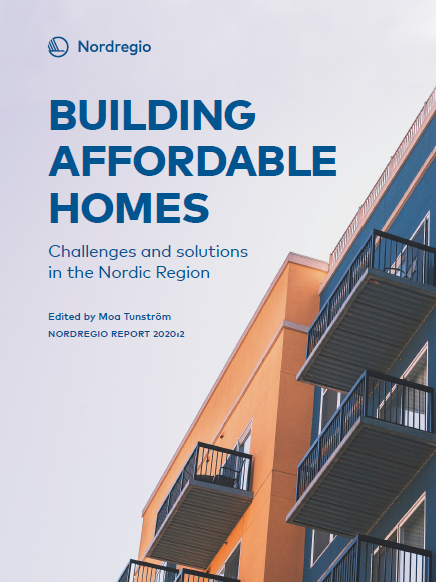Building affordable homes Challenges and solutions in the Nordic Region
The document “Building Affordable Homes: Challenges and Solutions in the Nordic Region” explores the pressing issue of affordable housing in the Nordic countries—Denmark, Finland, Iceland, Norway, and Sweden. It highlights the challenges faced by these nations in providing adequate housing for low-income and vulnerable populations while also presenting potential solutions based on successful practices within the region.
Overview of the Housing Landscape
The Nordic countries are renowned for their strong welfare systems, which prioritize social equity and access to affordable housing. However, despite these robust frameworks, many cities in the region are grappling with significant housing shortages, particularly for marginalized groups such as students, low-income families, and immigrants. The document emphasizes that the market alone is insufficient to meet these needs, necessitating proactive government intervention and innovative policy solutions.
Key Challenges
- Affordability Crisis: The rising cost of living and housing prices have outpaced wage growth in many Nordic cities. This imbalance has made it increasingly difficult for low-income households to secure stable housing.
- Segregation: Urban segregation has intensified, with low-income communities often isolated from essential services and opportunities. This spatial inequality exacerbates social divides and limits access to resources.
- Supply Constraints: There is a critical shortage of affordable housing units due to various factors, including high construction costs, regulatory hurdles, and a lack of investment in social housing projects.
- Diverse Housing Needs: The diverse demographics of urban populations require a range of housing solutions that cater to different needs, including temporary accommodations for refugees and permanent homes for families.
Policy Recommendations
To effectively address these challenges, the document proposes several key policy recommendations:
- Increased Investment in Social Housing: Governments should prioritize funding for social housing projects to ensure that affordable units are available for those in need. This includes expanding existing programs and creating new initiatives tailored to local contexts.
- Innovative Housing Models: The adoption of cooperative housing models can enhance affordability and community engagement. In these models, residents participate in decision-making processes regarding their living environments, fostering a sense of ownership and responsibility.
- Flexible Tenure Options: Introducing diverse forms of tenure—such as rental cooperatives and shared ownership schemes—can provide more pathways to affordable housing for various income groups.
- Regulatory Reforms: Streamlining planning processes and reducing bureaucratic barriers can facilitate quicker development of affordable housing projects. This includes revising zoning laws to allow for higher density developments in urban areas.
- Community Involvement: Engaging local communities in the planning and development process ensures that new housing projects meet the specific needs of residents. This participatory approach can lead to more successful outcomes and greater community satisfaction.
- Sustainability Focus: Incorporating sustainable building practices into new developments can reduce long-term costs and environmental impacts. Emphasizing energy efficiency not only benefits residents financially but also contributes to broader climate goals.
Successful Case Studies
The document highlights several successful initiatives across the Nordic countries:
- Finland’s Housing First Model: Finland has effectively reduced homelessness through its Housing First approach, which prioritizes providing stable housing as a prerequisite for addressing social issues like unemployment or health problems.
- Sweden’s Public Housing System: Sweden’s public housing sector plays a crucial role in ensuring affordability, with a significant portion of its housing stock dedicated to serving low-income households without discrimination based on income level.
- Norway’s Cooperative Housing: In Norway, cooperative housing associations have been instrumental in promoting homeownership among lower-income families while ensuring long-term affordability through shared ownership models.
Conclusion
The document concludes that while the Nordic countries have made significant strides in addressing affordable housing challenges, ongoing efforts are essential to ensure that all citizens have access to safe and adequate homes. By implementing innovative policies that prioritize social equity, sustainability, and community involvement, these nations can continue to build on their successes and create inclusive environments where everyone has the opportunity to thrive. The lessons learned from Nordic experiences can serve as valuable insights for other regions facing similar housing crises globally.

Further reading:
Housing System in the Nordic Countries 20countries
What we can learn from Nordic countries about affordable housing — Magnusson Architecture and Planning, PC
NBO – Housing Nordic nbo

